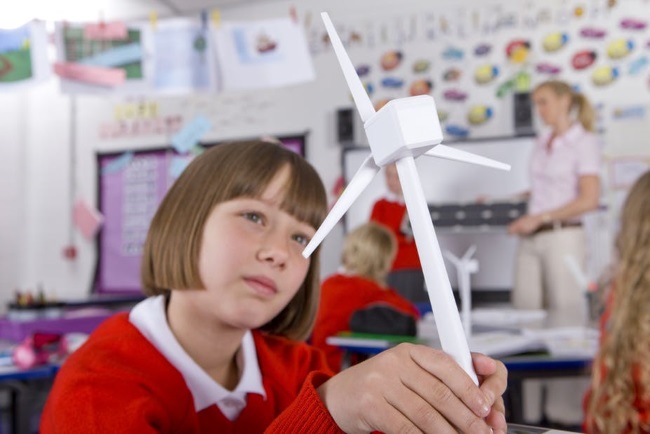College and university teachers already have a lot on their plate ranging from giving lectures in the class to attending management meetings and everything in between. Therefore, it can be said that finding and incorporating creativity in the lectures is difficult. With such little time and responsible for handling a plethora of activities each day, how to provide that extra spark to the students for a quality learning?
It is vital to include creative elements in your instructional strategy in order to make a real difference and encourage students for better grades.
This is where we discuss some tips that should help you in this regard.

Make space for visual reflection
Activities that offer reflection allow students to absorb the learning material more deeply, while enhancing their creative comprehension of the topic in the process. Regardless of the degree program or nature of course, a visual representation along with the lecture is desired for an impact on every student.
Consider the example of board filled with attached clips of shared mindsets. You can encourage students to attach their understandings or “new learnings” and provide everyone in the class a shared opportunity through guided reflection (the same activity can also be done outside the classroom).
Integrate more practical learning
As the famous quote of Benjamin Franklin says, “Tell me and I forget, teach me and I may remember, involve me and I learn.” The same concept applies in college classrooms as well!
Hands-on learning is essential if the teacher wishes to connect the standard textbook material with deeper perspectives for the students in the class. Consider the following three ideas for inspiration.
- English. Besides assigning reading sessions for homework, teachers can also separate a short time after the lecture for in-class reading. Each day a new reader will be selected to read a particular topic out loud.
- Media/design. In case students desire to learn the subject material from a mobile app or online course, ask them to inquire a real-life situation. For example, if you are teaching the basics of website designing, ask the students to try creating a website for a topic they are passionate about.
- Mathematics.Especially advised for engineering and science students, if you are teaching mathematics or physics at undergraduate or above level, the best understanding can be acquired when you present the same theorems and formulas from a real-world example. For instance, try to teach the concept of gradient, Pythagoras theorem, etc. through physical architectures and their height and width.
Keep the classroom layout flexible
College level education, as we know, encapsulates a number of activities in any workday including students participating in group-study sessions, presentations, individualized learning sessions, and extracurricular activities.
To keep all the activities hustle-free and creative at the same time, it is important for the classroom layout to be as convenient and flexible as possible.
The purpose is to optimize the classroom space, allowing both students and the teacher to make the best use of their time. A standard placement of students’ and teacher’s desk apart, a computer, a group table, a projector, and a free space should be accommodated to allow multiple tasks to be done simultaneously.
Both the group-based and individualized learning should be catered. Even majors and courses of straightforward learning cultures such as, engineering, English, history, etc. can benefit from a versatile physical layout, allowing students and teachers to conduct live demonstrations in the class.
Teachers can experiment with different settings to see which one fits best not only with their instructional strategy, but also the students’ learning style.
Incorporate unusual learning stuff
Textbooks and PowerPoint slides are the obvious tools for any lecture, but you can also include some unconventional stuff to bring a creative taste in teaching and learning. The point is to urge the students to revitalize their interest in the course, otherwise taught in the same tedious, linear manner until now.
Here are a couple of ideas to cater the purpose:
- TED Talks. With the digital media on the rise, youngsters and newcomers in the industry are getting increasingly inspired by leaders and role models in their industry. Nevertheless, teachers can use the trend to their advantage at its fullest. Try to incorporate TED talks into the subject material, while providing valuable industry insights to the students in the process.
- Creative lesson planning.Creating and demonstrating the visual representation of the topic is a great way to stimulate interest in the students. Let it be a small 2D animation, or complex graphics depicting the concepts of physics, probability, literature, the visualization always keeps the students asking for more.
Author Bio:
Elizabeth is a content writer and lives in Australia. She is talented and managed whole content writing team successfully. She is also run own business help of student online Assignment Help all level of academic. She has many writing blog. She loves content writing
How to Encourage More Creativity in the Classroom,



Sandra
Jan 24. 2020
Creativity is the essence to all success students 🙂 Keep it on and stay positive